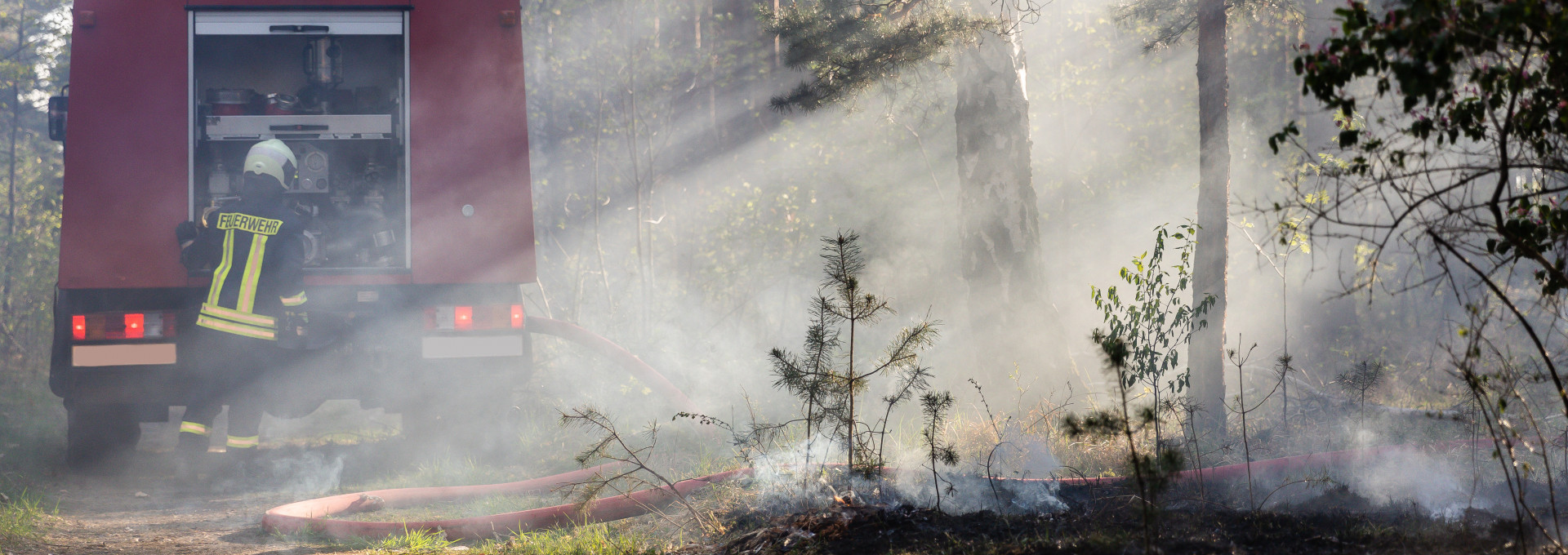



As it is elsewhere, climate change is increasing the risk of forest fires in Germany. So should deadwood that intensifies fires be removed from forests? Or should it be left where it is for conservation reasons? Detlef Maushake, fire chief in Vechelde, Lower Saxony, is the founder of Waldbrandteam, an association dedicated to researching and developing advanced firefighting and fire prevention methods. In this interview, he explains what matters from the firefighters’ perspective.


Mr. Maushake, the fires this year were a wake-up call because they made it clear how badly weakened our forests are. You’re an expert on forest fires, were in action in the Harz fires, and your team was also in the Saxon Switzerland region. What was it like there?
Maushake: There was indeed a lot of deadwood on the ground in the burned areas in both the Harz and Saxon Switzerland regions. It accumulated there because of increasing windfall and pest infestation, and it was highly combustible due to sustained heat and drought. From a firefighter’s point of view, dry deadwood is fuel, regardless of whether it’s left in the forest for economic or conservation reasons. The more fuel there is on the ground, the hotter the fire, and then things can become as bad as they have now in Saxon Switzerland. When mature trees are reduced to charred needles, that means there was too much deadwood on the ground.
National park staff and forest managers deliberately leave deadwood in the forest because of its ecological functions. Among other things, it provides nutrients for following generations of trees, and it’s home to many animal species. Are fire prevention and conservation at odds with each other?
Maushake: We have to make distinctions. Forests aren’t all the same, and neither are fires. A low-energy ground fire will burn through a natural mixed forest and consume only the leaf litter. Many trees can survive that without too much damage. In the fertile ash, certain seeds can even sprout well and thrive. In a fire as intense as the ones we had in the national parks this summer, the soil also suffers. The humus layer burns and fungi and microorganisms that belong to the ecosystem are destroyed. There’s not much of the forest’s biodiversity left. It takes a long time for anything to grow again in this “sterile” soil. Aside from the ecological aspects, working in areas with too much deadwood can be life-threatening for firefighters. That’s why we absolutely have to prevent such fires.
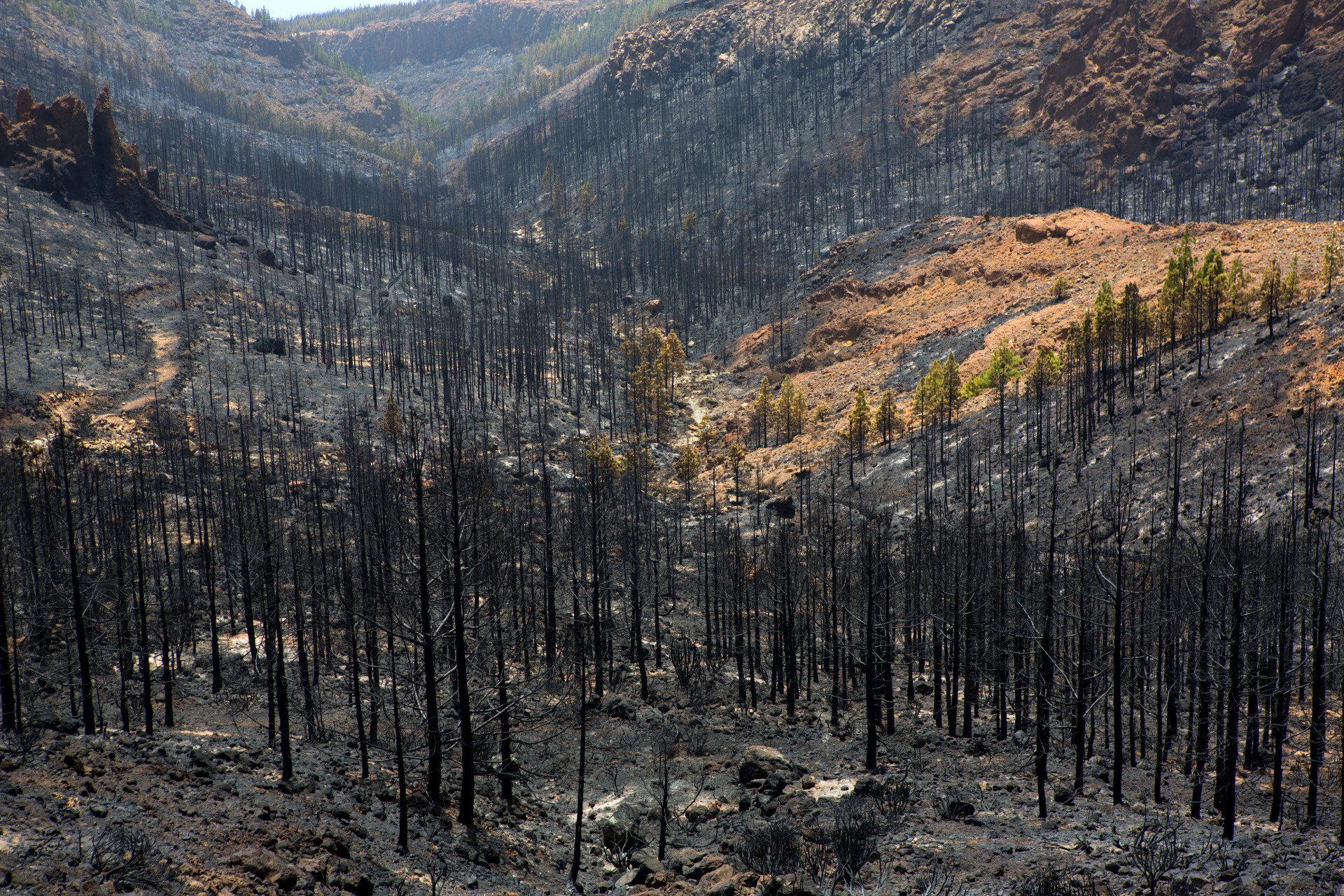
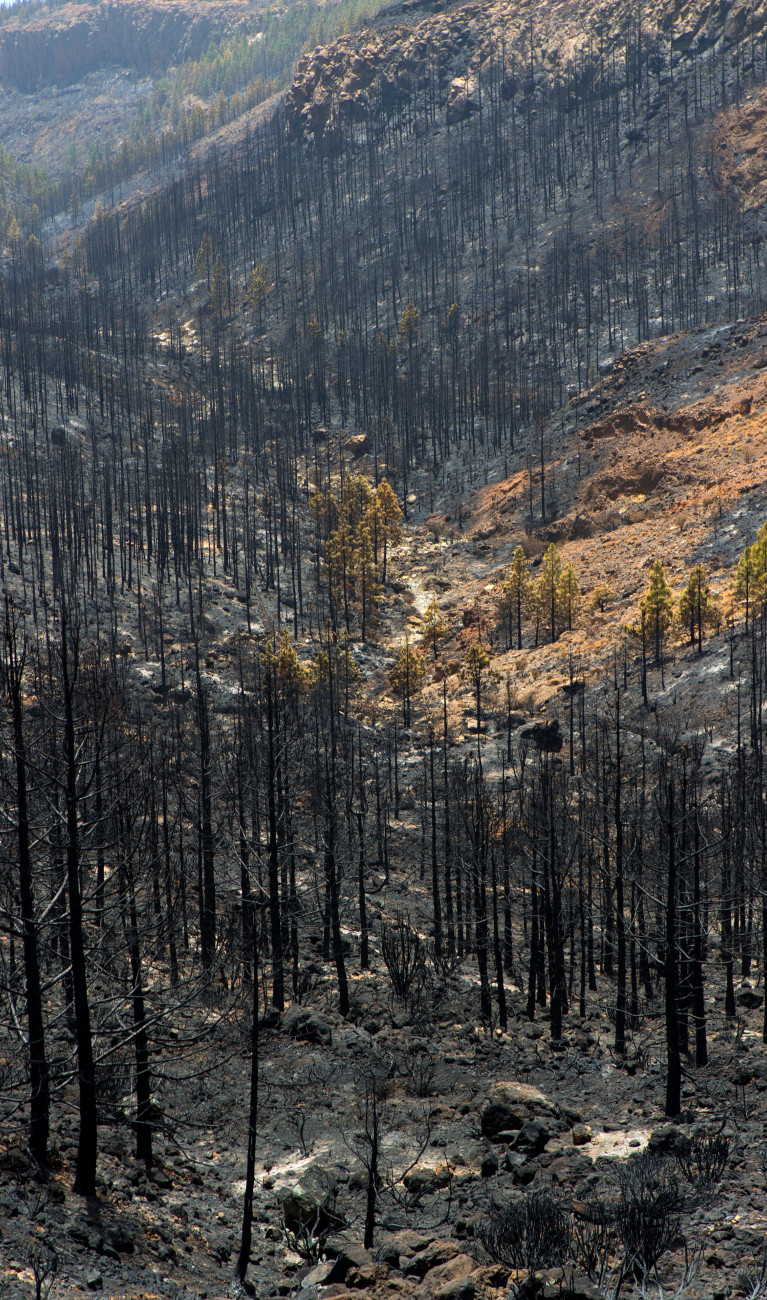
What are the most common causes of forest fires?
Maushake: People are the most likely cause in over 90 percent of cases. Technical defects in forest and agricultural vehicles can start fires, and so can sparks from a road onto an embankment where a fire can spread from there into the adjoining forest. Visitors in the forest are often careless, throwing smoldering cigarette butts into the underbrush or failing to extinguish campfires completely. And of course there’s also arson. So for the record, people are the driving factor behind forest fires. In my view, this is a weakness in the basic idea behind the national parks. We let nature take its course and accept an increased risk of fire while letting the top cause of fires into the parks as visitors – namely the people.
In the heart of Harz National Park, the forest is being allowed to grow back naturally after the fires. The aim is for a forest to develop that’s naturally adapted to the region, can withstand the impact of climate change, and is also better protected against fire. Is that a suitable prevention strategy in your view?
Maushake: From a fire prevention perspective, you also have to consider the time until a forest is present there again. For example, if the new growth is mostly spruce because the seeds fly in from the surrounding area, in 20 or 30 years there’ll be young trees that are especially likely to completely catch fire. They have branches close to the ground, and from there sparks or flames can easily reach the crowns and spread a fire rapidly.
But before that, grasses and weeds grow on the burned areas. Due to a lack of shade and the almost desert-like conditions that can arise in the Harz region, these areas are often dry. The temperature on the ground can reach 50°C or 60°C. Those are ideal conditions for starting and spreading a fire.
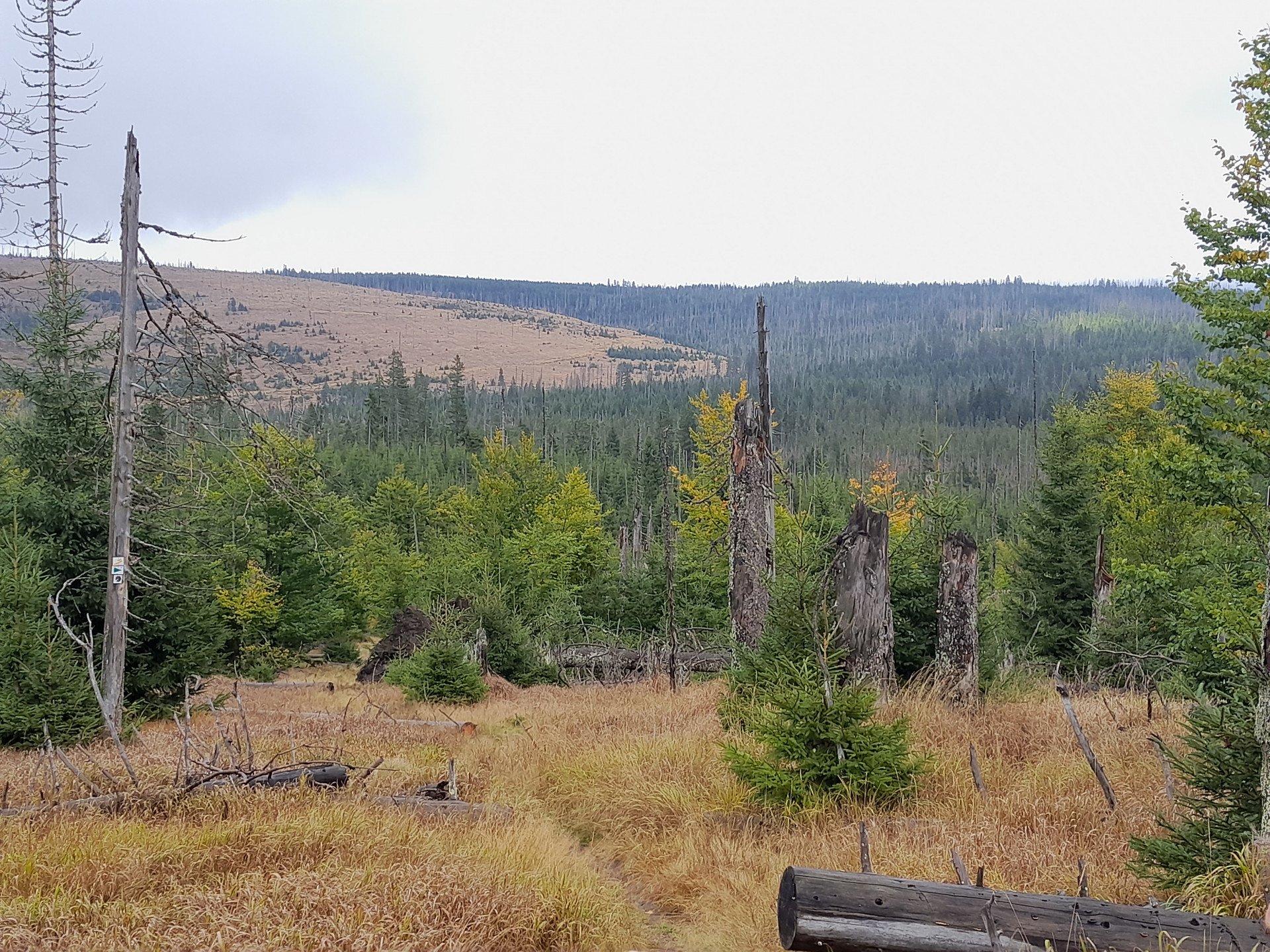
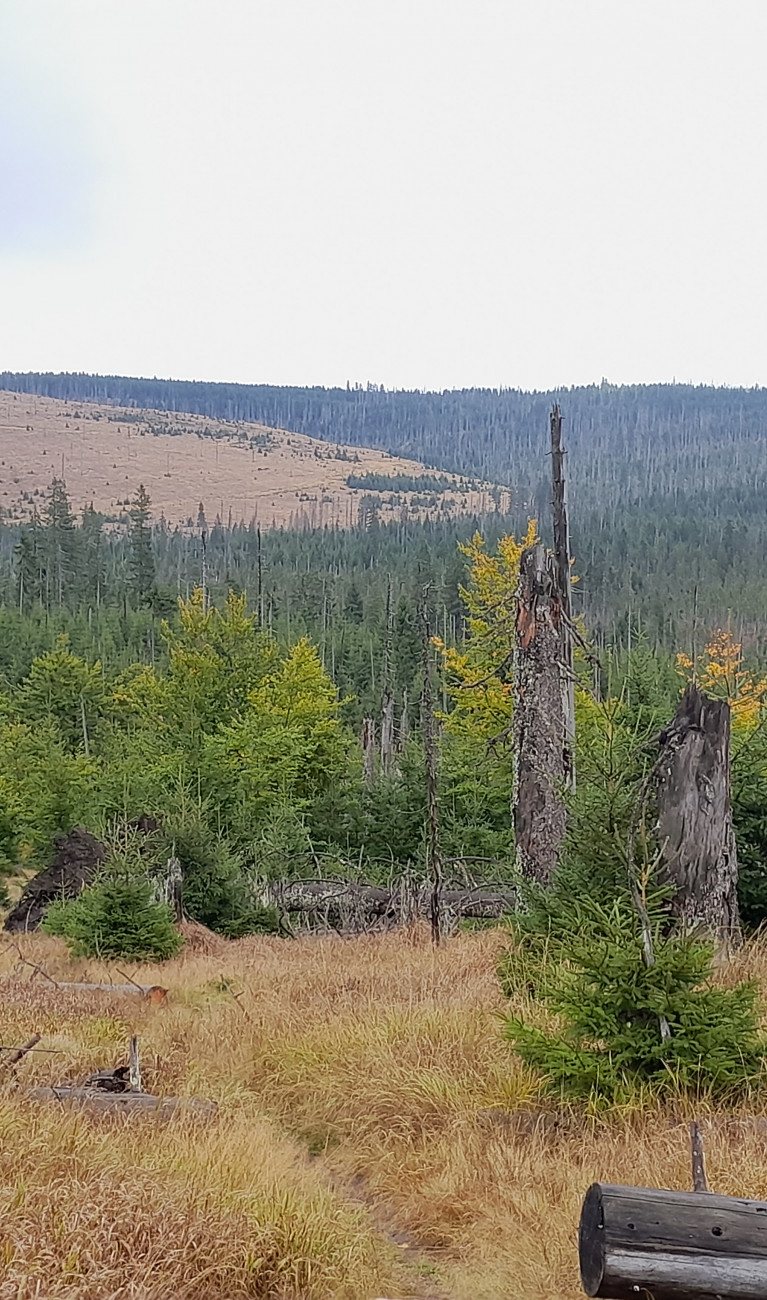
So should we intervene more to transform the forests faster, even in the national parks?
Maushake: Even if we were to proceed at full speed with a strategic transformation to resilient mixed forests, it would take decades. For firefighting and prevention, we need solutions now. If we carry on as we have been, we’ll continue to lose large areas of forest to fires.
Does that mean we should remove the deadwood, then?
Maushake: The idea that we could remove all of the deadwood throughout the forests is completely unrealistic. We could just as easily fly to the moon on a bicycle. But we firefighters need the chance to intervene when there are dangerous fires that could hurt people or damage infrastructure. For that, we need short-term solutions that all stakeholders can accept. For example, it could mean clearing certain areas where we judge that it would be possible to stop a fire there. We also need ways to build firebreaks and access roads. In addition, residential areas near forests need to be designed wisely. Flammable conifer hedges around yards near the edge of the forest are a very bad idea. Fire departments can give residents advice about prevention.
And, though it may sound surprising, it can be very useful for fire prevention and conservation reasons to burn deadwood and shrubbery in certain forest areas under strictly controlled conditions during the cold season. That would slow the spread of a forest fire. Such controlled fires are already used in southern Europe and Scandinavia, which is why our association sends members to training sessions in Portugal.
Ulrike Schneeweiß conducted the interview.